Choosing the right thermal bag for food delivery orders is a key step that can significantly impact the quality of the meals delivered and the satisfaction of your customers. In the rapidly growing delivery services market, professional thermal food bags are not only a convenience but also a necessity. In this article, we will look at what features the best thermal bags should have to ensure optimal conditions for transporting meals and thus contribute to the success of your business.

Choosing the right thermal bag for food delivery orders is a key step that can significantly impact the quality of the meals delivered and the satisfaction of your customers. In the rapidly growing delivery services market, professional thermal food bags are not only a convenience but also a necessity. In this article, we will look at what features the best thermal bags should have to ensure optimal conditions for transporting meals and thus contribute to the success of your business.
Why is it worth investing in high-quality thermal food bags?
Purchasing high-quality thermal food bags brings a number of benefits that are crucial both for the operational efficiency of the delivery company or restaurant and for customer satisfaction. First of all, these bags ensure that meals are kept at the appropriate temperature during transport, which is necessary to maintain their freshness, taste, and health safety. Thanks to well-insulated bags, hot dishes reach the customer hot, and cold snacks maintain a low temperature, which is especially important on warm days or longer delivery routes.
In addition, high-quality thermal bags are more durable and resistant to damage, which translates into a longer service life and a lower necessity for replacement. This, in turn, gives you considerate savings over time. We also cannot forget about the visual aspect – aesthetically made bags professionally portray the brand, building its positive image in the eyes of customers.
By investing in good-quality thermal bags, you can significantly improve the quality of your services, which is a key factor in attracting and retaining customers. It’s a solution that brings benefits on many levels – from logistics to marketing.
Types of thermal bags for food delivery and their uses
There are many different types of food delivery bags designed to suit your specific needs and the types of meals you provide:
Thermal food bags available in a variety of shapes and sizes: These versatile bags are designed to hold a variety of different types of meals, from main courses to snacks. They are available in various sizes and shapes, which allows them to be adapted to the individual needs of restaurants or catering companies.
Pizza delivery bags: Specially designed pizza bags come in a round or rectangular shape to perfectly fit standard pizza sizes. Thanks to that, pizzas remain hot and fresh for a longer time, retaining their crispiness and aroma.
Thermal bags for soups and other liquid foods: These bags have additional insulation that prevents liquid foods from spilling during transport. They have very tight closures and additional thermal layers to keep the food warm and avoid spilling soup or sauces.
Thermal bags for beverages: These bags are equipped with special compartments or handles that prevent bottles and cans from tipping over during transport. They keep drinks cool, refreshing, and ready to drink after delivery.
Cooler bags with additional features: Some cooler bags have additional features, such as built-in wheels, adjustable shoulder straps or even warmers that keep food at the right temperature for a longer time.
Choosing the right type of thermal bag depends on the type of food delivered and the company’s individual preferences and needs.
What makes a great thermal food delivery bag? Here are the key features!
A good thermal bag should be functional, durable, and effectively maintain the appropriate temperature of food. Here are the key elements to pay attention to when choosing an insulating bag:
High-quality materials: The bag should be made of insulating materials that effectively maintain the appropriate temperature. The most common materials used are polyurethane foam, polyethylene or aluminum foil, which are light but very effective in insulation. The outer shell of the bag should be waterproof and easy to clean.
Sturdy construction: The bag’s stitching should be strong (preferably double-stitched) to ensure long-term durability. Elements such as the zipper should be strong, efficient and ensure a tight closure of the bag, which is crucial for maintaining the temperature inside.
Size and capacity: The bag should fit typical food containers and have enough capacity to accommodate orders for several people, but at the same time not be too cumbersome to transport. It is worth paying attention to whether the bag has modules or compartments that help organize space and separate different types of food.
Ergonomics and comfort of use: Good thermal bags should be easy to carry. Comfortable handles and shoulder straps are important, especially when the bag is full and heavy. Sometimes additional pockets for accessories, such as menus, bills, or disposable utensils, may also be useful.
Easy to clean: The inside of the bag should be designed to be easy to clean, preferably made of a material that can be quickly wiped or washed. This prevents the accumulation of bacteria and odors, which is crucial to maintaining the hygiene of products delivered to customers.
Insulating materials used in thermal bags
Thermal bags use a variety of insulating materials that provide effective protection against heat or cold loss.
Polyurethane foam is one of the most popular options and is characterized by excellent insulating ability. Its lightness and flexibility allow for easy shaping. Additionally, polyurethane foam is durable and resistant to deformation, which translates into long-term thermal insulation effectiveness.
Polyethylene, another popular material used in thermal bags, also has high thermal insulation and is resistant to moisture. It is a light material, which makes it easier to carry the bag, while maintaining its durability and resistance to damage. Polyethylene also works well outdoors, protecting food from temperature changes and moisture.
Aluminum foil is another insulating material used in thermal bags. Its use additionally strengthens the bag’s thermal insulation, preventing heat or cold loss. Thanks to its properties, aluminum foil effectively reflects thermal radiation, which helps maintain a stable temperature inside the bag for a longer time. This is especially important for longer delivery routes or extreme weather conditions.
Want your thermal bag to last for years? Here’s how to care for it!
Proper maintenance of thermal bags is crucial to maintain their durability and effectiveness in maintaining the appropriate temperature of the delivered food. Here are some practical tips:
Regular cleaning: It is a good idea to thoroughly clean both the outside and inside of the bag after each use. Using mild detergents and warm water will remove all dirt and food residues, preventing the formation of unpleasant odors and bacteria.
Avoiding harsh chemicals: Avoid using harsh cleaning agents that may damage the bag’s surface or negatively impact its thermal insulation properties.
Drying: After each cleaning, dry the bag thoroughly, both inside and outside.
Storage in appropriate conditions: Thermal food delivery bags should be stored in a dry and ventilated place to prevent moisture condensation and unpleasant odors. They shouldn’t be left in the sun or in places with high temperatures, which may damage the insulating materials.
Avoiding overload: Cooler bags should be packed properly, avoiding overload, which may lead to damage to the seams and materials. It is also worth avoiding sharp pressure or crushing the bag, which may affect its durability and effectiveness in maintaining temperature.
Following these simple rules will keep your thermal bags in excellent condition for many years while ensuring maximum efficiency in providing fresh and tasty food.
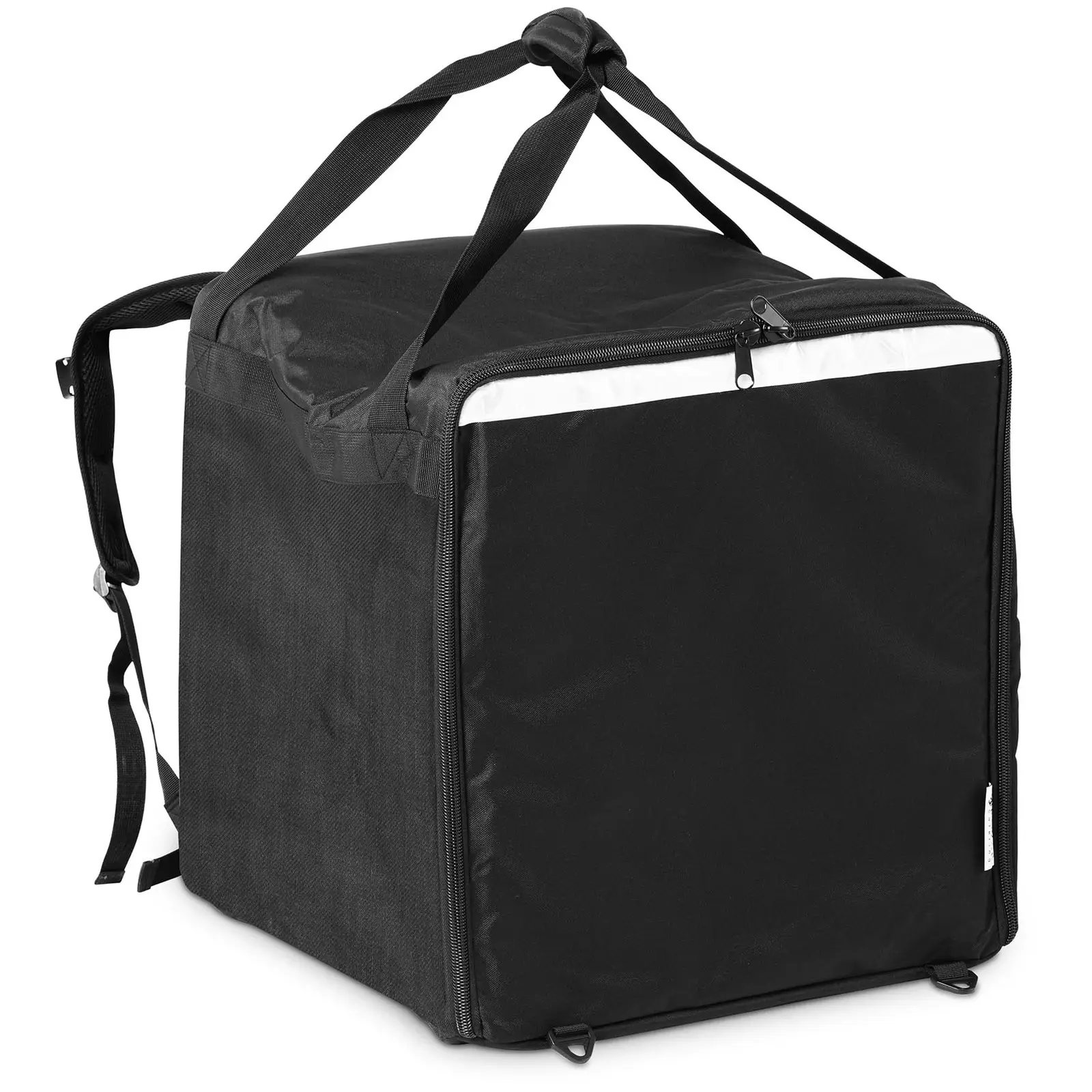
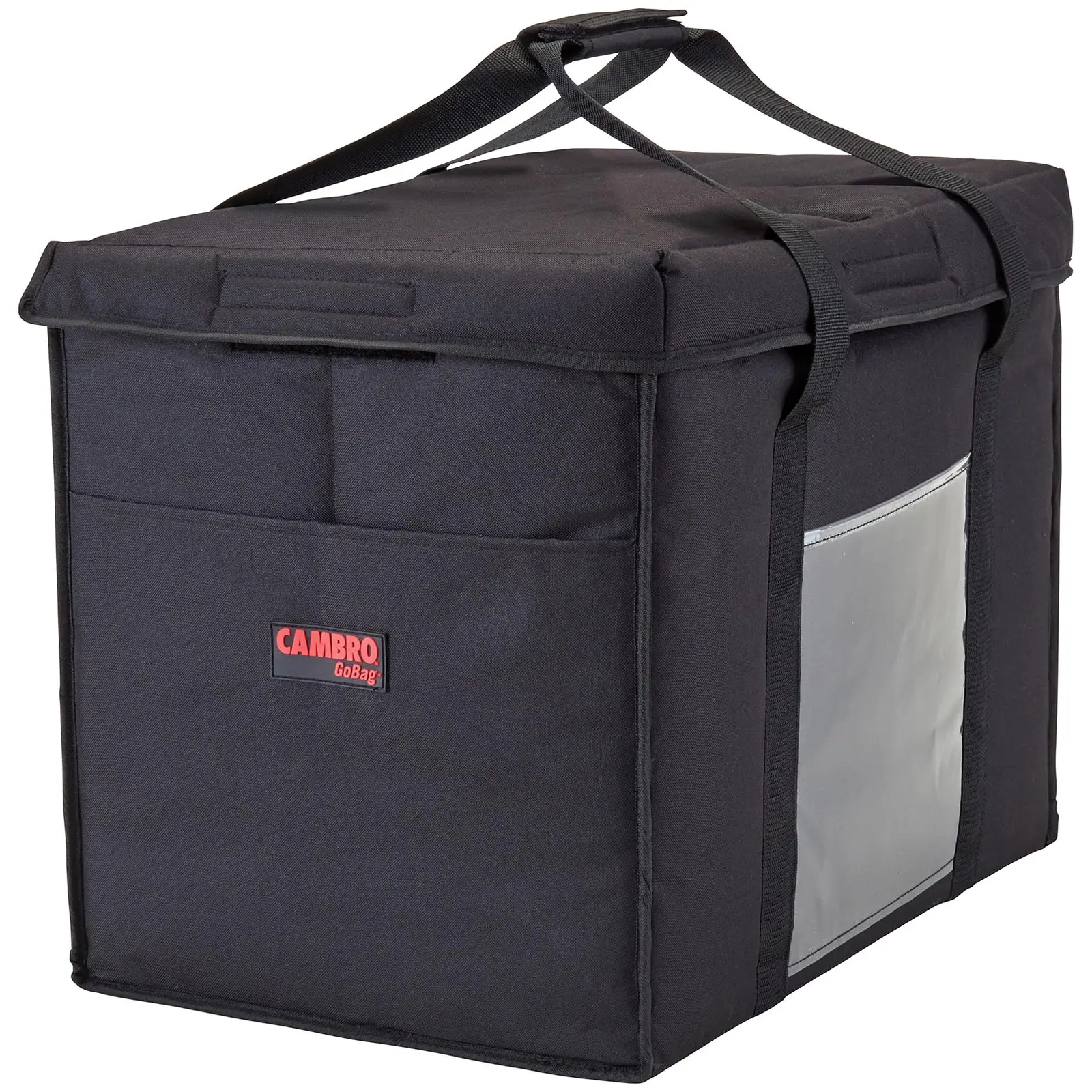
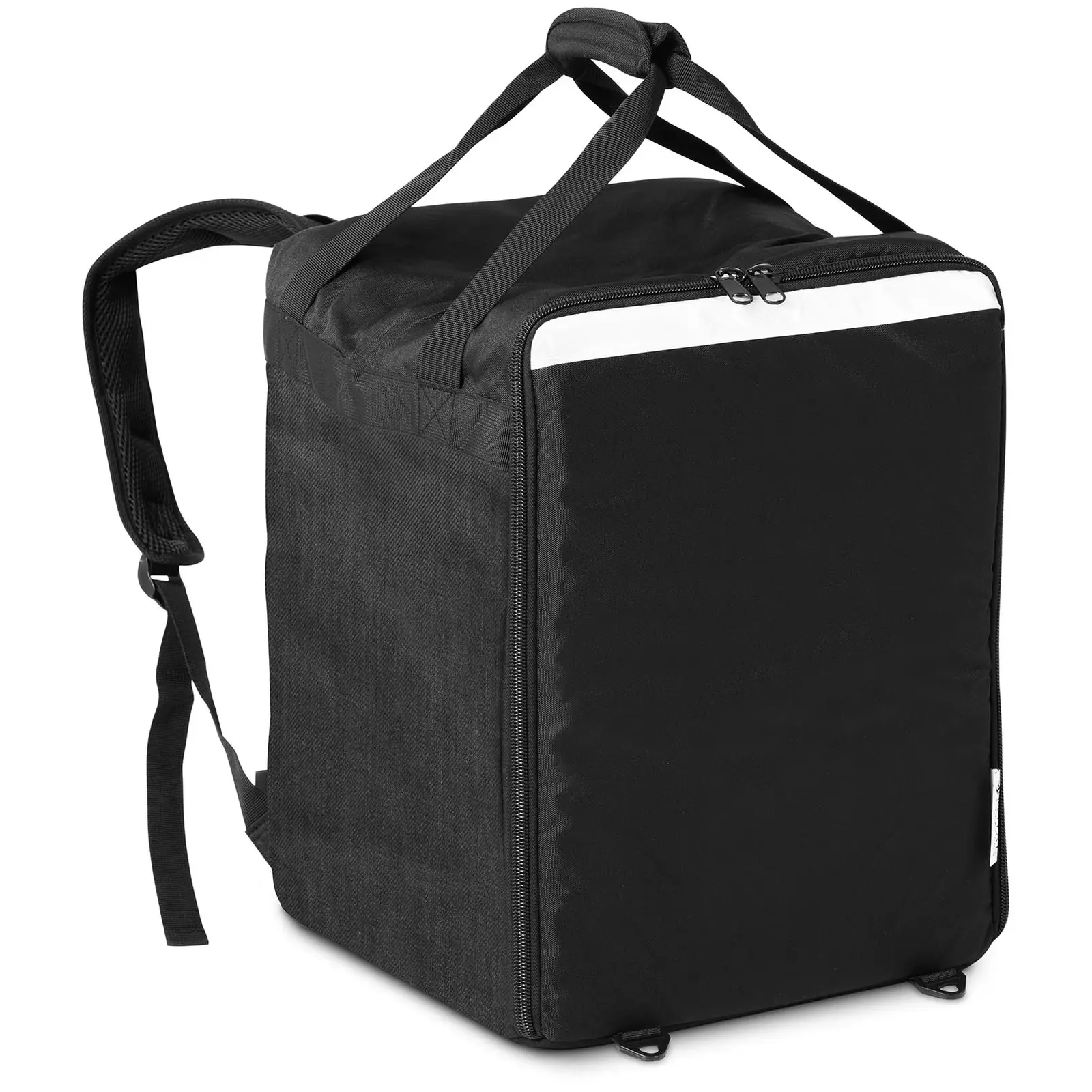
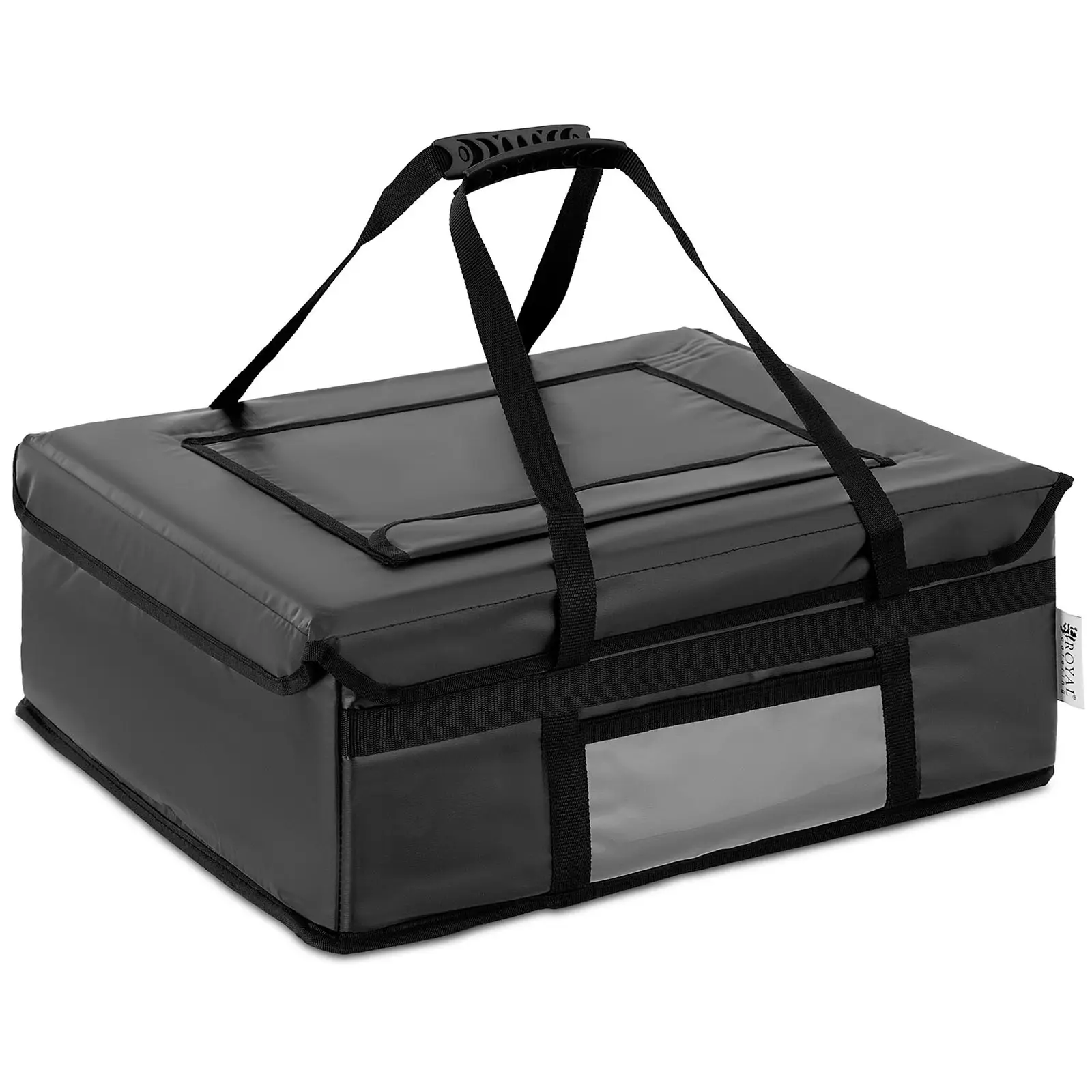



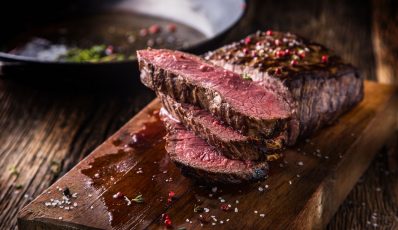


Share